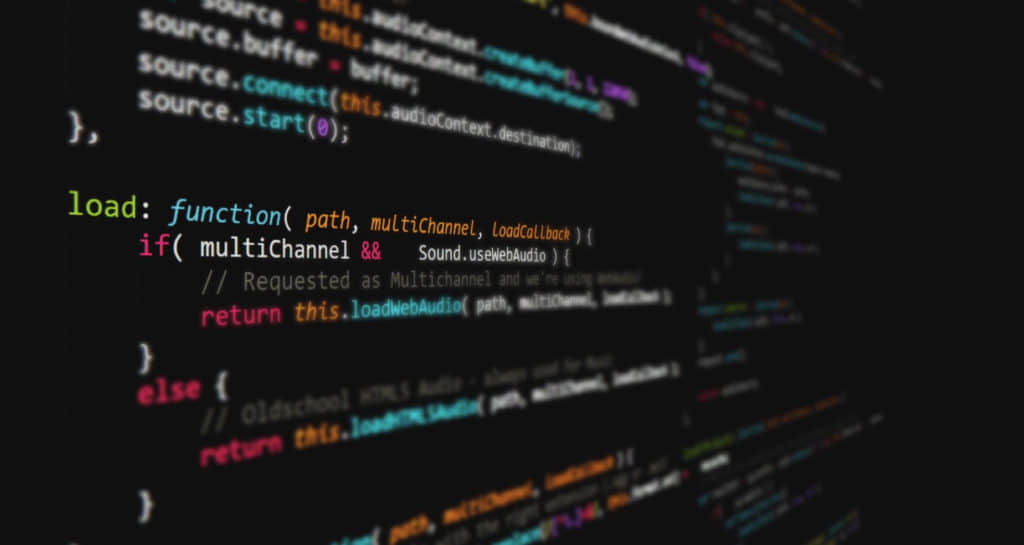「量子インターネットへの新たなルート」
New route to the quantum internet
.fav_bar { float:left; border:1px solid #a7b1b5; margin-top:10px; margin-bottom:20px; } .fav_bar span.fav_bar-label { text-align:center; padding:8px 0px 0px 0px; float:left; margin-left:-1px; border-right:1px dotted #a7b1b5; border-left:1px solid #a7b1b5; display:block; width:69px; height:24px; color:#6e7476; font-weight:bold; font-size:12px; text-transform:uppercase; font-family:Arial, Helvetica, sans-serif; } .fav_bar a, #plus-one { float:left; border-right:1px dotted #a7b1b5; display:block; width:36px; height:32px; text-indent:-9999px; } .fav_bar a.fav_print { background:url(‘/images/icons/print.gif’) no-repeat 0px 0px #FFF; } .fav_bar a.fav_print:hover { background:url(‘/images/icons/print.gif’) no-repeat 0px 0px #e6e9ea; } .fav_bar a.mobile-apps { background:url(‘/images/icons/generic.gif’) no-repeat 13px 7px #FFF; background-size: 10px; } .fav_bar a.mobile-apps:hover { background:url(‘/images/icons/generic.gif’) no-repeat 13px 7px #e6e9ea; background-size: 10px} .fav_bar a.fav_de { background: url(/images/icons/de.gif) no-repeat 0 0 #fff } .fav_bar a.fav_de:hover { background: url(/images/icons/de.gif) no-repeat 0 0 #e6e9ea } .fav_bar a.fav_acm_digital { background:url(‘/images/icons/acm_digital_library.gif’) no-repeat 0px 0px #FFF; } .fav_bar a.fav_acm_digital:hover { background:url(‘/images/icons/acm_digital_library.gif’) no-repeat 0px 0px #e6e9ea; } .fav_bar a.fav_pdf { background:url(‘/images/icons/pdf.gif’) no-repeat 0px 0px #FFF; } .fav_bar a.fav_pdf:hover { background:url(‘/images/icons/pdf.gif’) no-repeat 0px 0px #e6e9ea; } .fav_bar a.fav_more .at-icon-wrapper{ height: 33px !important ; width: 35px !important; padding: 0 !important; border-right: none !important; } .a2a_kit { line-height: 24px !important; width: unset !important; height: unset !important; padding: 0 !important; border-right: unset !important; border-left: unset !important; } .fav_bar .a2a_kit a .a2a_svg { margin-left: 7px; margin-top: 4px; padding: unset !important; }

プリンストン大学の研究者は、結晶に埋め込まれた単一のイオンから放射されるテレコムに対応した光を送信することで、量子デバイスを長距離で接続する方法を開発しました。
新しいデバイスで使用される希土類イオンは、最適な赤外線波長で光を放射するため、信号変換を必要としません。
このデバイスは、特別なレーザーでパルスされることで結晶から光を放射するエルビウムイオンを含むカルシウムタングステン酸塩結晶と、結晶の上部にあるJ字型のチャネルに削られたナノスケールのシリコン片から構成されており、イオンからエンコードされた情報を持つ個々の光子を光ファイバーケーブルにキャプチャして移動させます。
研究者は、インターフェロメータの出力で個々の光子の80%の抑制を観測しました。これにより、プリンストン大学のサリム・ウアリは、信号がかなりのハイファイの閾値を上回っていることを示していると述べています。プリンストン大学の記事を見る
抄録の著作権は、2023年SmithBucklin、ワシントンD.C.、アメリカに帰属します 
We will continue to update VoAGI; if you have any questions or suggestions, please contact us!
Was this article helpful?
93 out of 132 found this helpful
Related articles

